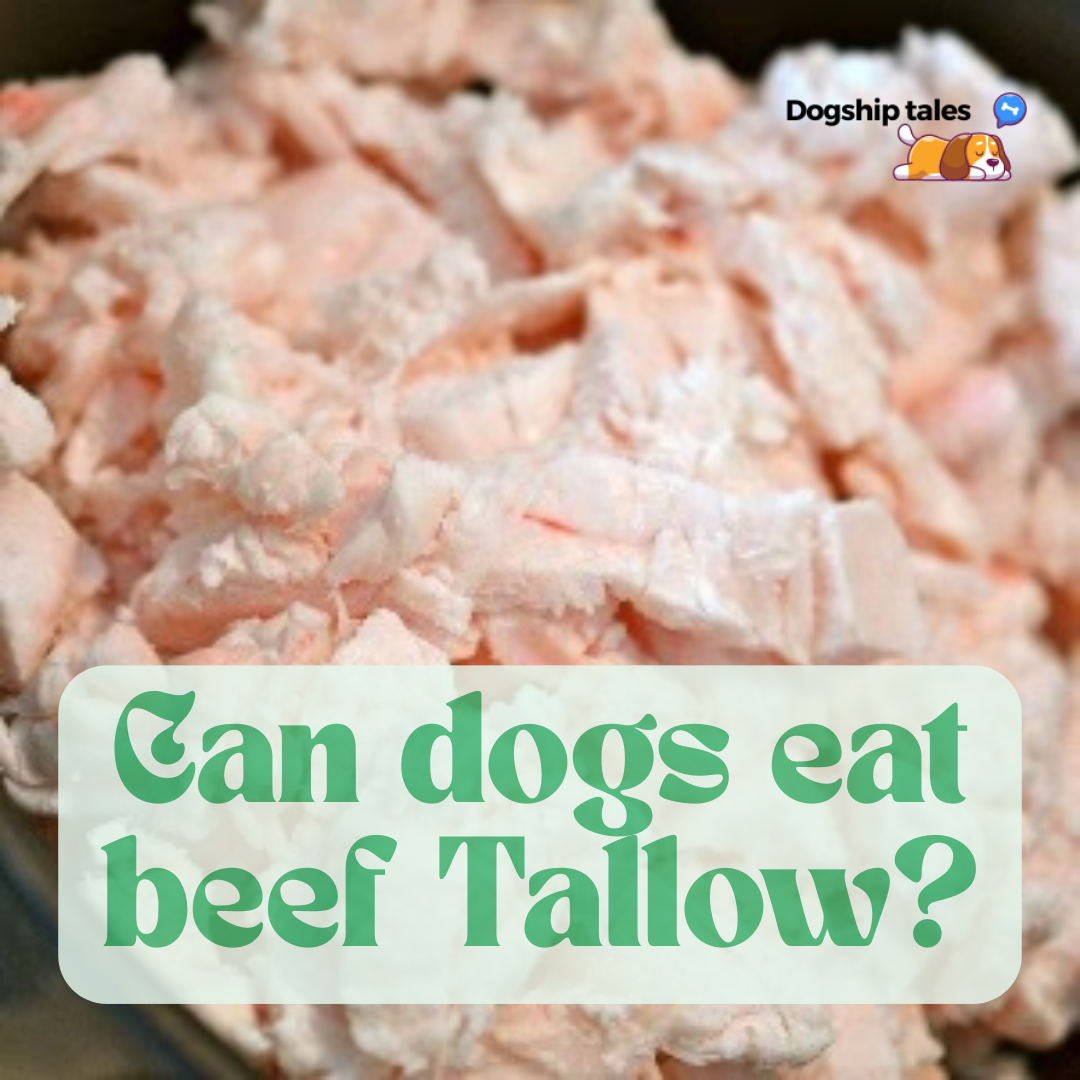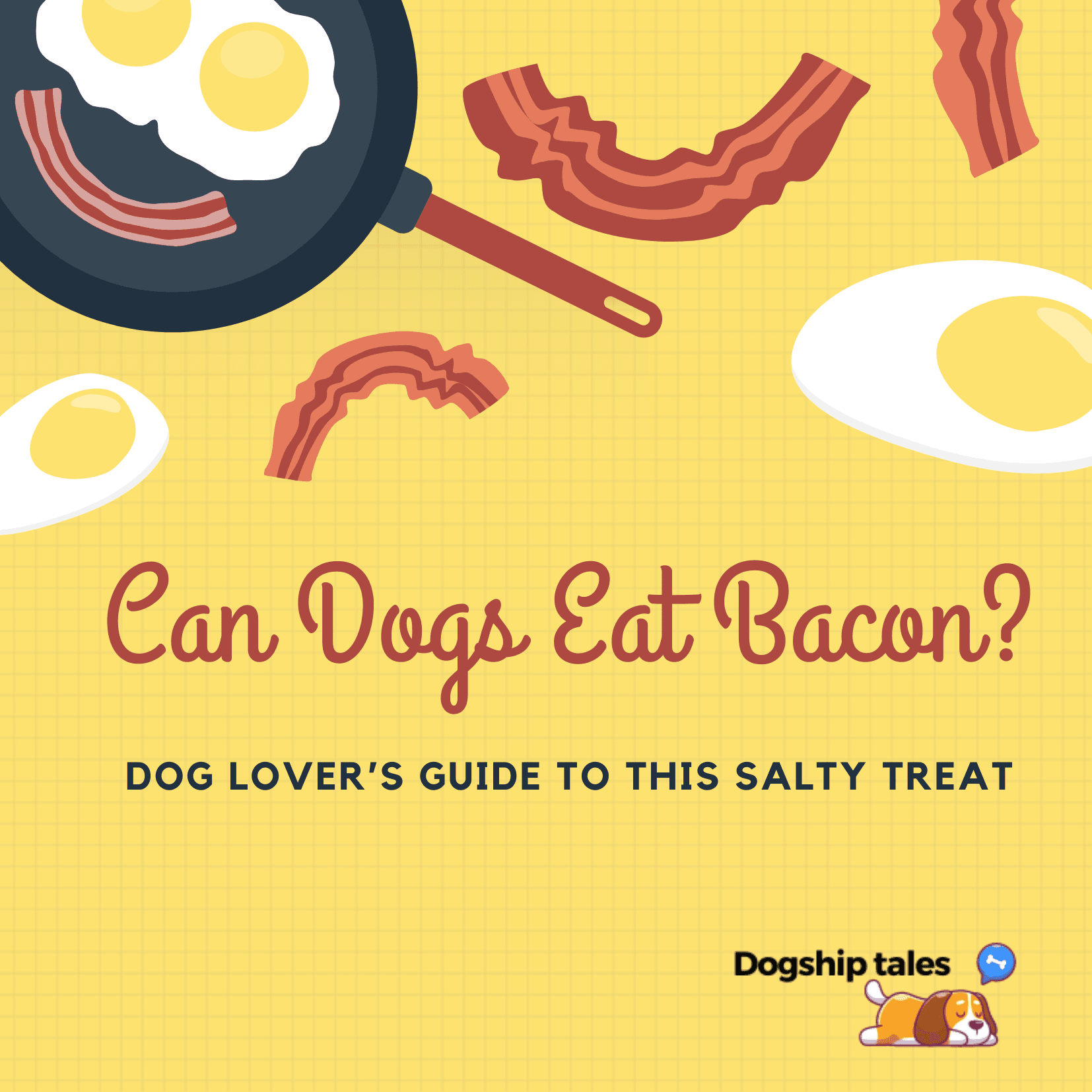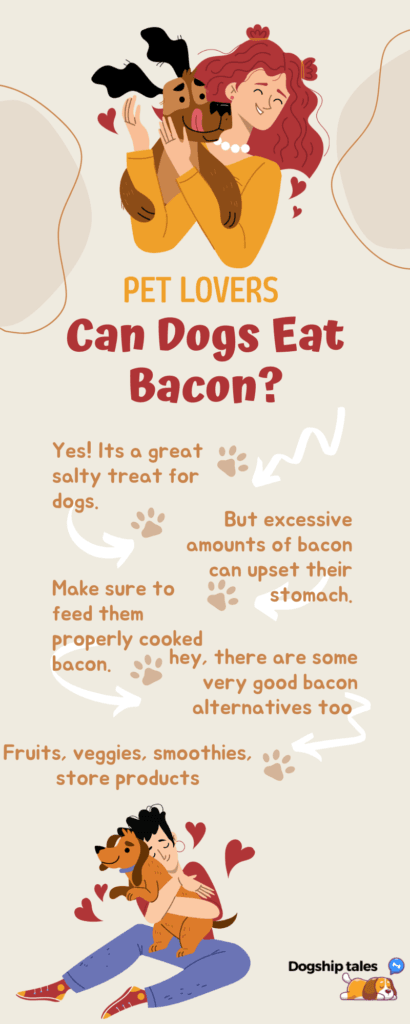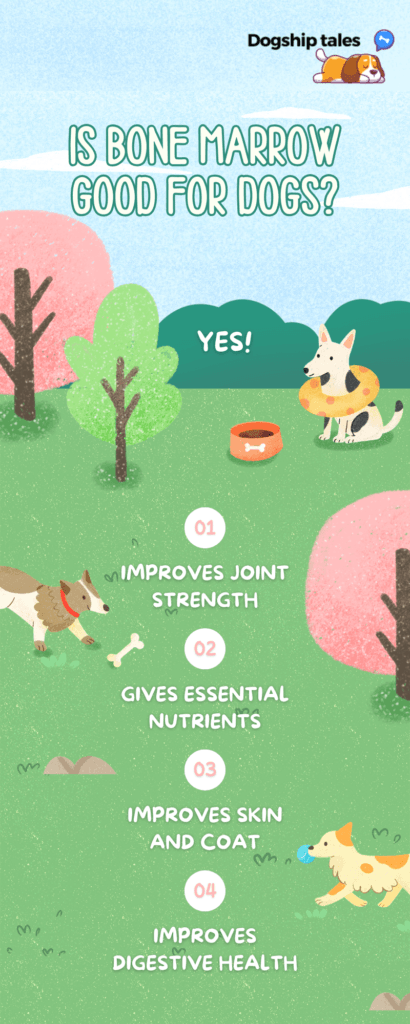Introduction
Its always been in the debate list that if dogs can eat this meat or that meat, can dogs eat beef tallow, can dogs eat beef fat, can dogs eat raw meat, can dogs eat beef fat cooked, can dogs eat other fat from meat etc. Apart from other meat options we will explore if dogs can eat beef tallow and how safe beef tallow for dog is.
I have always been looking dogs love for eating meat and meaty products either in cooked and raw form. Their mouths, teeth and jaws are naturally designed to eat such foods. However, there are always some concerns stick to everything we feed them. Let’s understand first what actually beef tallow is and how to decide if you can feed your furry friend this food item or not.
Beef Tallow vs Beef Fat
Most of the people intermix these two things beef tallow and beef fat. Actually, Both of these are fats but from the different parts of body. Beef tallow is rendered beef fat, specifically from the fat surrounding a cow’s kidneys (leaf fat or suet), while beef fat is the general term for all fat found in beef, including intramuscular fat and fat trimmings.
Beef Tallow is more rich in flavor as compared to other beef fat.
Benefits/Nutritional value
If we talk about Beef Tallow for dogs then it is beneficial for them in many ways. It is very helpful to build and heal their coat. It improves their skin, reduces inflammation and heal skin diseases. It also improves metabolism and boost immunity.
In terms of Nutritional Value it is rich in Saturated and monounsaturated fats, cholesterol, Carbohydrates, proteins, omega 3s and many Vitamins. So, you can feed beef tallow to your dogs fearlessly.
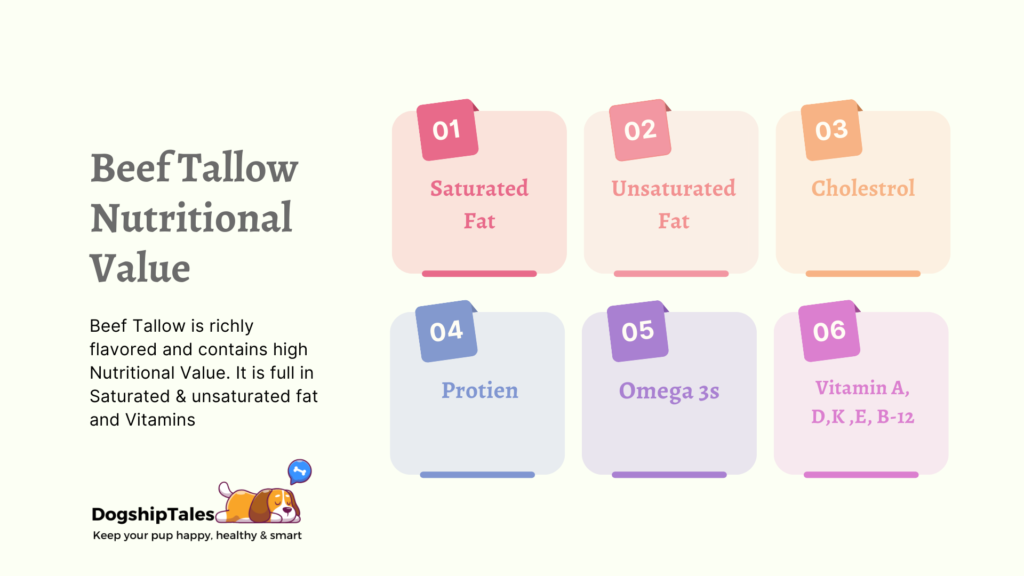
Science says
Science has proved many positive aspects of Beef tallow in terms of their Skin healing, metabolism improvement, boosting immunity and a great dietary option. Here I am attaching a link to a very great research on Beef Tallow and its qualities, you must go through it.
Beef Tallow and its Skin Biocompatibility
Risks/Concerns
Although meat and meaty food is very nutritious diet for dogs and they love to eat it. Their body is designed to eat such a food and it gives them physical strength. “Can dogs eat beef fat?” Can dogs eat meat fat? Can dogs eat cooked Tallow etc. Yes, certainly they Love to, but in Moderation.
Moderation is the key to healthy and happy tummy dogs. You can feed them beef tallow once a week in very small potions like as food toppers, as it is high fat food so it is a bit time taking to digest. Also it has cholesterol part in it so small quantities are recommended.
It should not be primary meal option but a hunger boosting option. You can use it as a food topper or Natural supplement for balanced diet.
Raw vs Cooked
It is always recommended to feed safe and hygienic food to your puppies. Raw beef Tallow contains bacteria and other micro organisms which can definitely harm their gut. So it is always recommended to give them cooked beef Tallow. There are a number of ways to cook tallow like:
- Traditional Rendering
- Dry Rendering
- Wet rendering
- Industrial Rendering
Safe feeding tips
- Moderation is the first and most important tip. Feed them Beef tallow in a very small amount.
- Give them beef tallow only once a week.
- Give them Tallow in cooked form only.
- Must ask for a vet’s suggestion if you feel any digestion issues in your dog.
Dog choices
Pets can always show their interest towards all kind of foods. Notice their body language while eating beef tallow or beef tallow flavored foods. If they eat it happily or tummy full it means they like the taste. Otherwise you should reduce the tallow quantity or feed them tallow very less often.
Vet advice and recommendation
Every body is different in terms of health and gut strength. Some dogs are very active and roam around the house all day and love playing in the parks. These dogs are usually good in their gut health and have good digestion so feeding them tallow is relatively safe.
However, if your dog is older and have less walk routine then tallow is not a recommended food for them. Before feeding tallow to your dog you should check their blood cholesterol level or visit a vet for advice, if you dog should have tallow or not.
Alternate feeding options
As I already discussed, Beef tallow is wonderful option to improve skin coat and boost physical energy. But there are some conditions in dogs that don’t let you feed them tallow, like high lipid content in blood, older age etc.
In such cases, you can avoid beef tallow and give them bone broth, bone marrow chews etc. as these options are low in cholesterol, good in energy boosting and are natural and above all they can be home cooked. SAFE & HOMEMADE
Final words
Beef Tallow is a wonderful feeding option and good for hunger boosting. It help improves skin, coat, inflammation, immunity and digestion. But as I always says MODERATION is the key.
Always seek for vet’s advice if your dog is older or have digestion issues.
Frequently asked Questions
1. Is beef tallow good for dogs?
Yes, Beef Tallow is an excellent source of energy. It help improves skin, coat, inflammation, immunity and digestion. But as I always says MODERATION is the key.
2. Is it safe to feed dog some beef tallow?
If your dog is healthy and active and have no high blood lipid levels then it is all safe to feed them beef tallow. However, it should not be the primary meal, it should only be given as a food topper.
3. Can dogs have beef tallow?
Yes, Beef Tallow is an excellent source of energy. It help improves skin, coat, inflammation, immunity and digestion. But as I always says MODERATION is the key.
4. Can beef tallow be harmful for dogs?
Beef Tallow is not a harmful ingredient itself but Sometimes in some cases if your dog is not healthy and have slow digestion or have high blood cholesterol issues then it can potentially be a harmful food ingredient.

